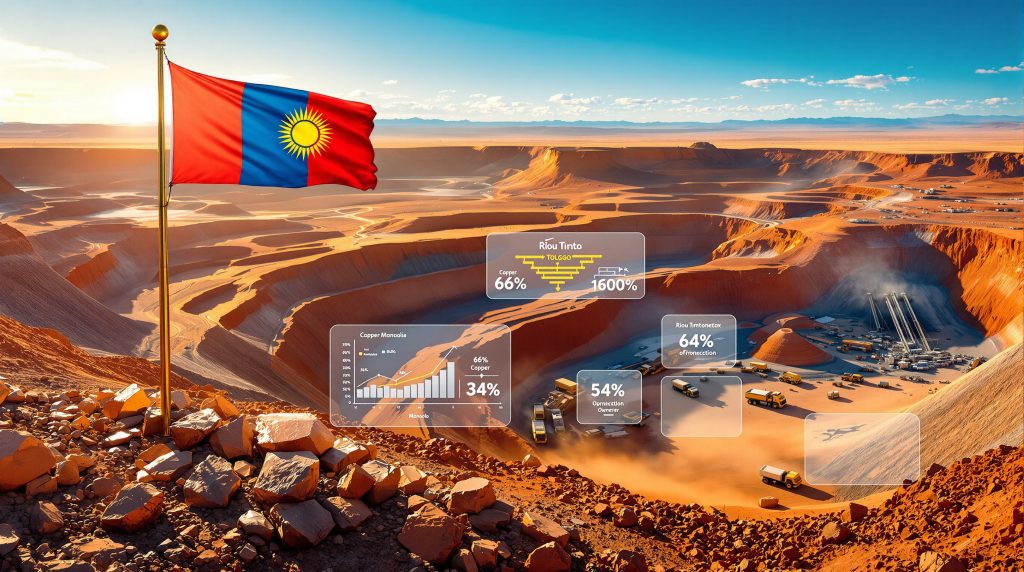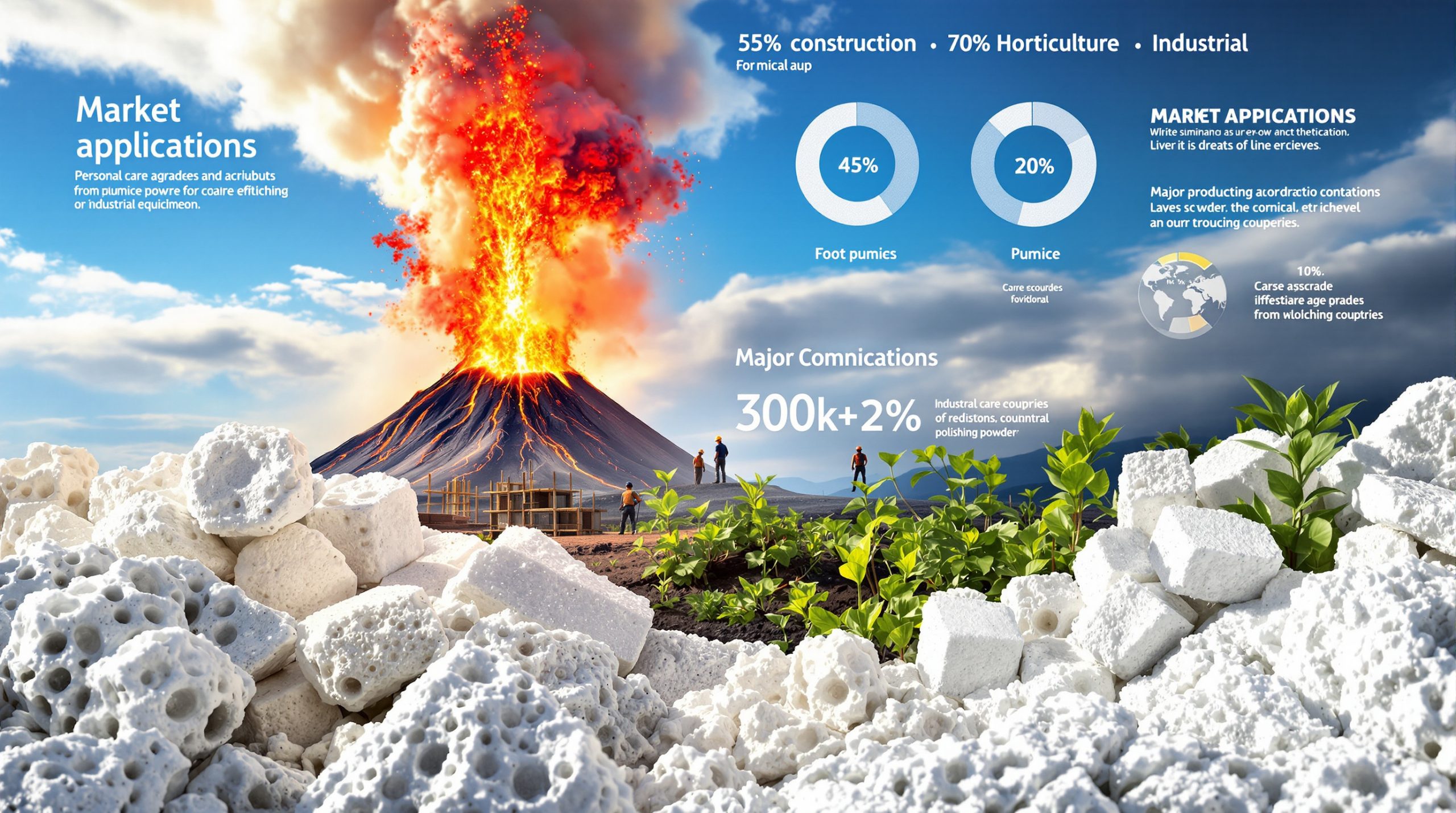Understanding the Procurement-Related Allegations
Rio Tinto Group subsidiary Oyu Tolgoi LLC has launched an internal investigation into corruption allegations involving procurement-related activities at its Mongolian copper operations. The Rio Tinto corruption inquiry at Oyu Tolgoi has attracted significant attention as the mining giant cooperates with law enforcement authorities while maintaining strict confidentiality about ongoing proceedings.
The investigation centres on unethical conduct within the company's procurement systems, though specific details remain undisclosed due to the sensitive nature of ongoing legal processes. Internal compliance protocols have been activated to examine supplier relationships and purchasing decisions that may have violated corporate governance standards.
Law enforcement cooperation represents a critical component of modern corporate compliance frameworks. Mining companies operating in multiple jurisdictions must navigate complex regulatory environments while maintaining transparency with both local authorities and international oversight bodies.
Timeline and Scope of Internal Investigations
The corruption inquiry at Oyu Tolgoi emerged from routine internal auditing processes that identified potential irregularities in procurement workflows. Furthermore, companies typically discover such issues through:
- Enhanced due diligence reviews of supplier contracts
- Whistleblower reports from internal personnel
- Regulatory compliance audits mandated by government agencies
- Financial discrepancy investigations during quarterly reporting
Employee arrests within the Procurement Department during 2023 marked an escalation in the investigation's scope. However, Rio Tinto has maintained that these actions represent standard protocol for addressing potential compliance violations rather than confirmed wrongdoing. Additionally, identifying management red flags early can help investors assess potential governance issues.
Oyu Tolgoi's Strategic Importance to Rio Tinto
Oyu Tolgoi represents Rio Tinto's most valuable copper growth asset, positioned to become the world's fourth-largest copper mine by 2030. The operation delivered exceptional performance with production surging 78% over the last quarter, demonstrating its capacity despite operational challenges.
| Key Performance Metrics | Recent Results |
|---|---|
| Quarterly Production Increase | 78% |
| Global Ranking Target | 4th largest by 2030 |
| Rio Tinto Ownership | 66% |
| Mongolian Government Stake | 34% |
The underground expansion project represents Rio's most important growth initiative. Consequently, it requires substantial capital investment and technical expertise to unlock the deposit's full potential. Engineering challenges at this depth demand sophisticated mining technologies and extensive infrastructure development.
Copper's Role in Rio's Portfolio Diversification
Rio Tinto's strategic pivot toward copper reflects broader industry recognition of the metal's critical importance in global electrification trends. The company aims to reduce its iron ore dependency while increasing exposure to metals essential for energy transition technologies.
Rising demand from data centre expansion and electrification infrastructure creates compelling long-term growth prospects for copper producers. Electric vehicles require approximately four times more copper than traditional internal combustion engines, while renewable energy systems demand extensive copper wiring and components. For instance, copper price insights suggest significant market movements ahead.
"Market analysts project copper demand will increase by 70% by 2040," driven primarily by clean energy infrastructure and digital technology expansion.
Critical mineral positioning has become increasingly important as governments worldwide implement policies supporting domestic supply chain security. Copper's designation as a strategic material in multiple jurisdictions enhances its geopolitical significance beyond traditional commodity markets.
Historical Operational Challenges Beyond Corruption
Oyu Tolgoi's development history illustrates the complex challenges facing large-scale mining projects in emerging markets. The operation has experienced years of political turbulence with Mongolian authorities, creating uncertainty around regulatory compliance and operational continuity.
Cost overrun patterns have consistently affected project economics, with initial budget estimates proving insufficient for the technical complexities encountered during underground development. These financial pressures strain relationships between international mining companies and host governments seeking maximum resource revenue.
Recent Legal and Financial Settlements
A significant milestone occurred with Rio Tinto's $139 million settlement agreement with the Mongolian government, resolving long-running tax disputes that had created operational uncertainty. This resolution demonstrates both parties' commitment to maintaining productive partnerships despite historical tensions.
The settlement addressed several key issues:
- Back taxes and penalties from previous operational periods
- Royalty calculation methodologies for future production
- Environmental compliance standards for expansion phases
- Local content requirements for procurement activities
Investor confidence effects from these disputes historically created volatility in Rio Tinto's share price performance. Moreover, resolution of these issues provides greater certainty for long-term investment planning and operational decision-making.
Mining Corruption Investigation Protocols
Corporate compliance protocols for procurement irregularities follow established frameworks designed to identify, investigate, and remediate potential violations. Mining companies must maintain sophisticated internal audit systems capable of detecting suspicious patterns across complex supply chains.
Evidence collection methods in multinational mining operations require coordination between local teams, regional management, and corporate compliance officers. Additionally, digital forensics capabilities have become essential for examining electronic communications, financial transactions, and procurement documentation.
Industry-Wide Governance Implications
Procurement vulnerability patterns across major mining projects typically emerge in several high-risk areas. Understanding these governance lawsuit insights can help investors evaluate potential risks:
- Supplier selection processes lacking adequate competitive bidding
- Contract modification procedures enabling unauthorised cost adjustments
- Payment authorisation systems with insufficient oversight controls
- Inventory management practices creating opportunities for misappropriation
Regulatory scrutiny trends in resource-rich developing nations have intensified as governments seek to maximise economic benefits from natural resource extraction. Enhanced transparency requirements demand more sophisticated reporting systems and external audit capabilities.
Financial and Operational Risk Assessment
Short-term impact assessment for Rio Tinto encompasses multiple risk dimensions affecting operational continuity and financial performance. Production disruption potential during investigation periods creates uncertainty around delivery commitments to major customers.
Regulatory compliance costs and legal expenses associated with comprehensive internal investigations can reach millions of dollars. Furthermore, these expenses particularly affect cases involving multiple jurisdictions and external forensic specialists. These expenditures affect near-term profitability while potentially providing long-term risk mitigation benefits.
Long-Term Strategic Considerations
Relationship management with Mongolian government partners requires delicate balancing of transparency obligations with operational efficiency requirements. Successful resolution of corruption allegations can strengthen trust and facilitate future expansion approvals.
Underground development phases for Oyu Tolgoi represent multi-billion dollar investment commitments extending over decades. Any disruption to these timelines affects Rio Tinto's competitive positioning in global copper markets and ability to meet growing demand from energy transition sectors.
Integration challenges with Rio's broader copper strategy include optimising production scheduling, managing concentrate sales agreements, and coordinating capital allocation across multiple development projects worldwide. The mining sector continues embracing industry innovation trends to address these challenges.
Global Copper Market Supply Chain Implications
Oyu Tolgoi's contribution to global copper concentrate production makes any operational disruption significant for international markets already experiencing supply constraints. The facility's output feeds major smelting operations across Asia, creating downstream effects throughout regional supply chains.
Planned capacity expansions at the underground operation were designed to add substantial production volumes during a period of anticipated supply deficits. Delays in these developments could exacerbate market tightness and influence global copper pricing dynamics.
Alternative supply source considerations for major consumers include:
- Increased reliance on South American copper producers
- Accelerated development of African copper projects
- Enhanced recycling capacity for secondary copper recovery
- Strategic inventory management by manufacturing companies
Market Sentiment and Pricing Factors
Investor reaction to governance issues at major copper producers typically creates temporary share price volatility while markets assess long-term operational impacts. Risk premium adjustments in commodity trading reflect uncertainty around production continuity and regulatory compliance costs.
Rio Tinto's competitive positioning versus peers depends partly on successful resolution of governance challenges while maintaining operational excellence. Companies demonstrating superior compliance standards often achieve valuation premiums reflecting lower regulatory risk profiles. This recent mining investigation highlights the industry-wide significance of these developments.
Best Practices for Mining Procurement Risk Management
Enhanced due diligence protocols for supplier relationships have evolved to incorporate advanced data analytics and real-time monitoring systems. Modern procurement risk management requires:
- Automated transaction monitoring for unusual payment patterns
- Supplier background verification including beneficial ownership analysis
- Contract performance tracking with deviation alert systems
- Regular compliance training for procurement personnel
Technology solutions for procurement transparency include blockchain-based contract management systems that create immutable records of all procurement decisions and modifications. These platforms enhance accountability while reducing opportunities for unauthorised changes. Implementing data-driven operations becomes crucial for maintaining transparency.
Stakeholder Relationship Strategies
Government partnership approaches in resource nationalism contexts require ongoing dialogue between mining companies and host country officials. Successful relationships balance legitimate government revenue objectives with operational efficiency requirements and international investment security.
Community engagement frameworks for large-scale projects must address local economic development expectations while managing environmental impact concerns. Transparent communication about both benefits and challenges helps maintain social licence to operate.
Crisis communication protocols during regulatory investigations should emphasise cooperation with authorities while protecting ongoing legal processes. Consistent messaging across multiple stakeholder groups prevents misunderstanding and maintains operational stability.
Resolution Pathways and Industry Implications
Timeline considerations for internal investigation completion typically range from several months to over a year, depending on the scope of allegations and complexity of evidence review. Rio Tinto's cooperation with law enforcement authorities suggests commitment to thorough resolution rather than superficial compliance measures.
Potential outcomes from the Rio Tinto corruption inquiry at Oyu Tolgoi span a spectrum from process improvements and enhanced controls to personnel changes and financial penalties. Most mining companies experiencing similar investigations implement comprehensive governance reforms regardless of specific findings.
Regulatory compliance enhancements likely to emerge include strengthened internal audit functions, expanded compliance training programmes, and enhanced supplier due diligence requirements. These measures create long-term value through reduced regulatory risk and improved operational efficiency.
Broader Mining Sector Governance Evolution
Increased scrutiny of procurement practices across major miners reflects growing expectations for corporate transparency and ethical business conduct. Environmental, Social, and Governance (ESG) compliance has become integral to mining company valuations and investment decisions.
Enhanced corporate governance standards in emerging market operations require sophisticated risk management systems capable of addressing cultural, legal, and operational complexities. Companies investing in these capabilities gain competitive advantages through improved stakeholder relationships and reduced regulatory friction.
Investor focus on ESG compliance in resource sector investments continues intensifying as institutional investors implement stricter due diligence requirements. Mining companies demonstrating superior governance practices attract capital at lower costs while maintaining better access to international markets.
What Does This Mean for the Mining Industry?
The Rio Tinto corruption inquiry at Oyu Tolgoi represents more than an isolated compliance issue, serving as a catalyst for industry-wide improvements in procurement governance and stakeholder relationship management. Furthermore, the investigation has prompted widespread discussion about corruption probes at major mining operations.
Successful resolution of these challenges will likely strengthen both the company's operational capabilities and the broader mining sector's commitment to ethical business practices. However, the investigation underscores the critical importance of maintaining robust governance frameworks in complex multinational operations.
The Rio Tinto corruption inquiry at Oyu Tolgoi ultimately demonstrates how modern mining companies must balance operational excellence with stringent ethical standards to maintain stakeholder trust and ensure long-term success in increasingly regulated environments.
Ready to Capitalise on Major Mineral Discovery Opportunities?
Discovery Alert's proprietary Discovery IQ model delivers instant notifications on significant ASX mineral discoveries, transforming complex geological data into actionable investment insights for both short-term traders and long-term investors. Explore how major mineral discoveries can generate substantial returns by examining historic examples, then begin your 30-day free trial to position yourself ahead of the market.




